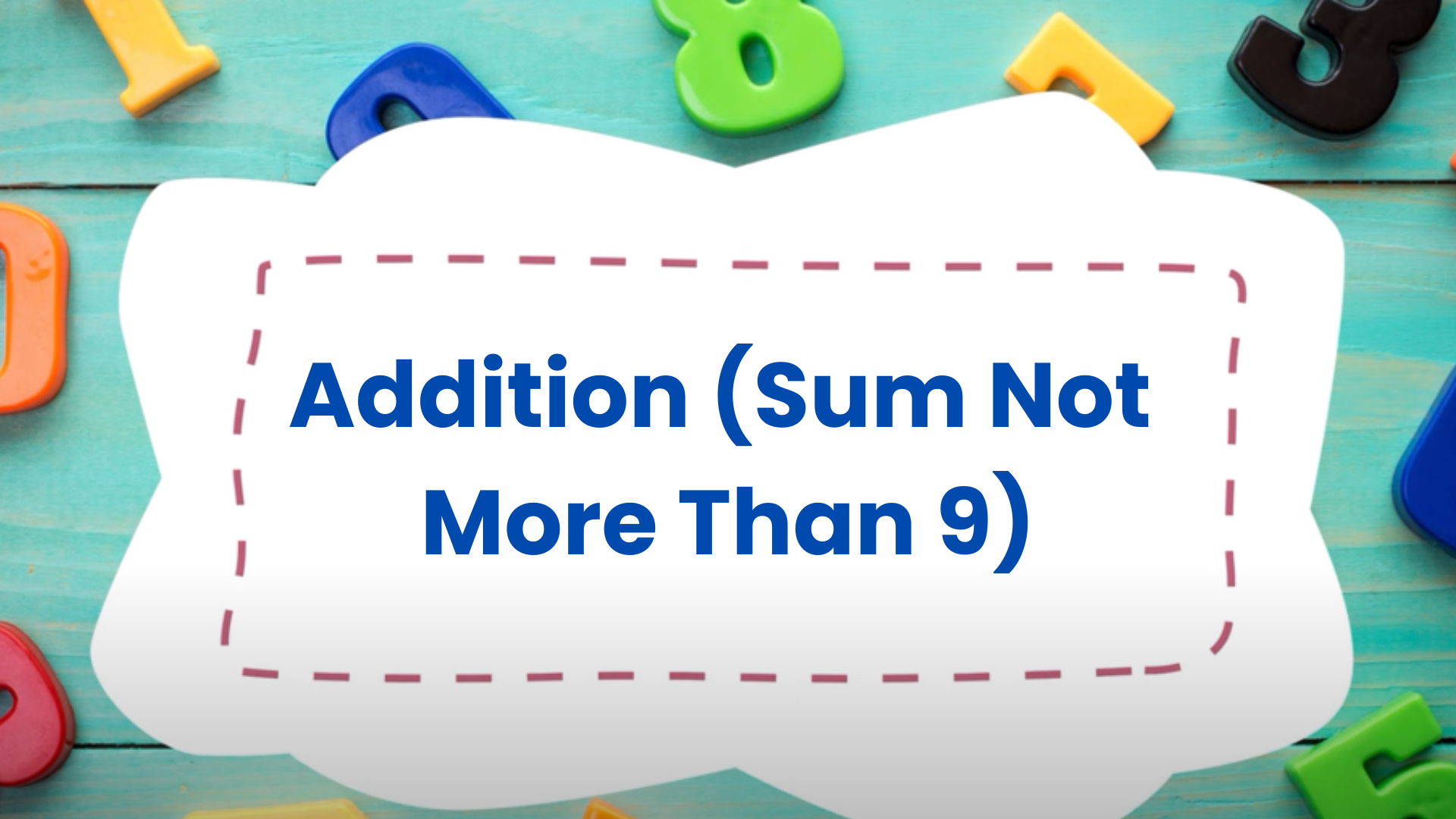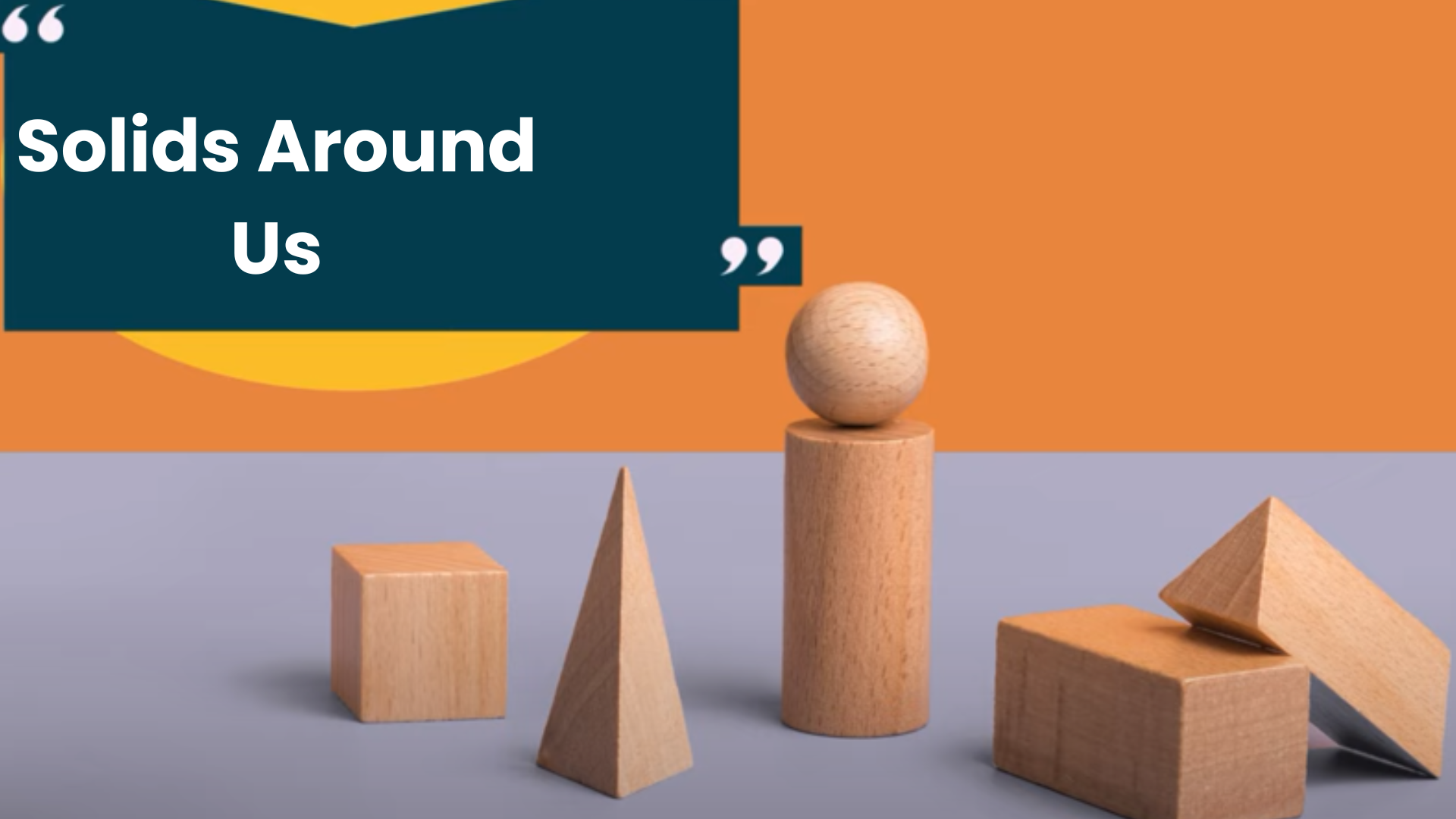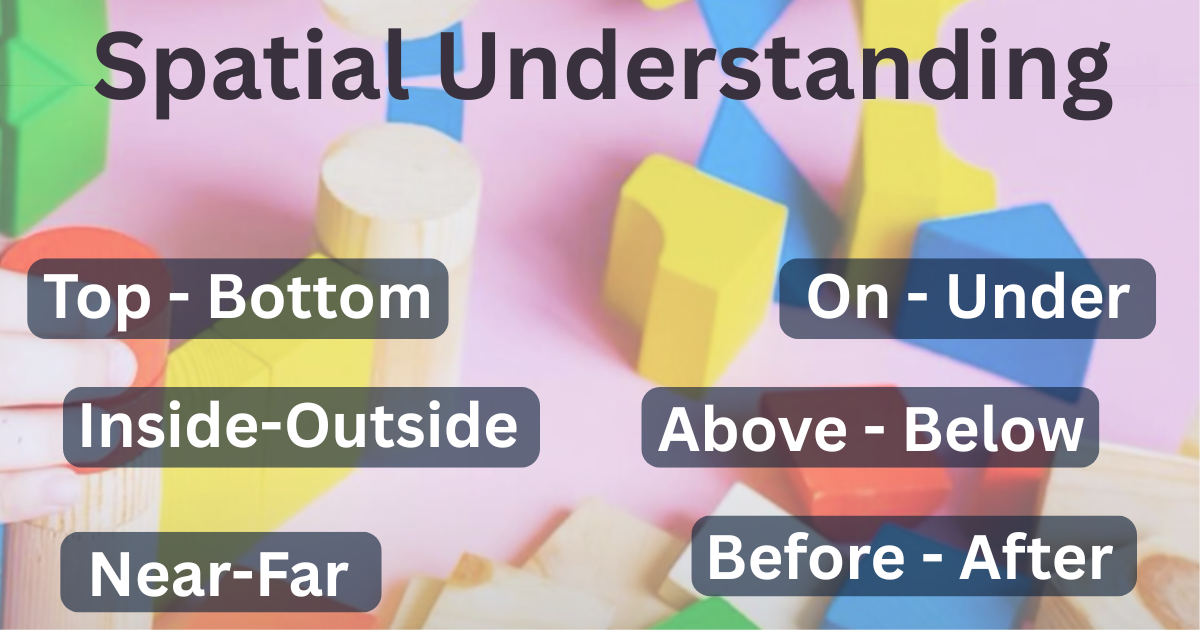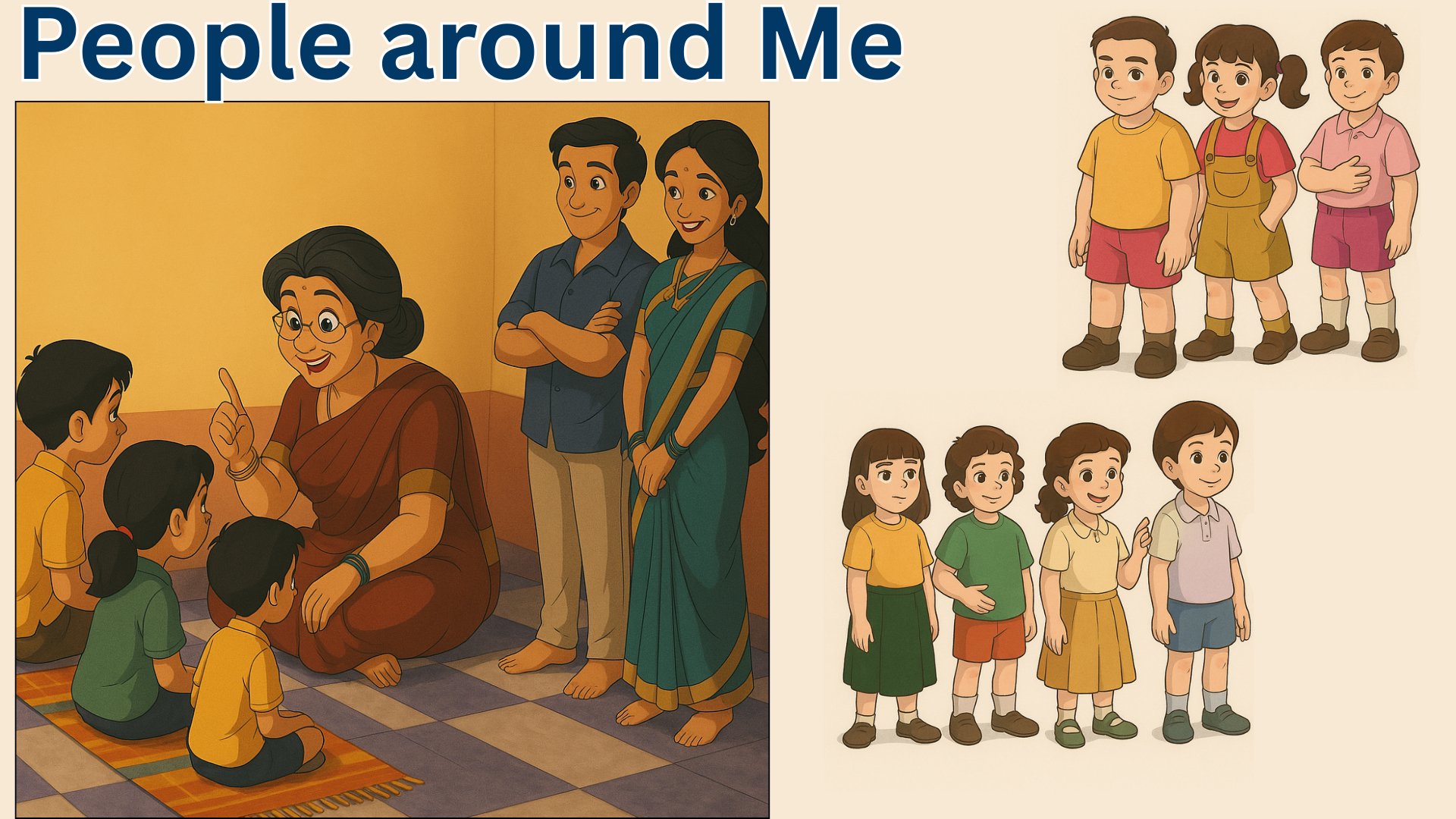Addition (Sum Not More Than 9)
Hello, my dear little stars! Today, we’re going to have some fun with addition. Yes, that’s the magic of putting numbers together to find out how many we have in total! Do you know what’s amazing? You’ve already been doing this without even knowing it. Every time you put your toys in a basket or count the mangoes on the table, you’re already adding! So let’s see how we can do it in a way that’s easy and fun. What Is Addition? Addition means putting things together to find the total. Imagine you have 1 apple, and your friend gives you 1 more apple. Now how many apples do you have? That’s right — 2 apples! We call that: 1 and 1 make 2 Or, we can write it like this:1 + 1 = 2 Simple, right? Here are a few more examples: And guess what? You can try this with anything — pencils, pebbles, buttons, or even your crayons! Let’s Learn the Symbols We use two special symbols when we do addition: ‘+’ means ‘plus’ — it tells us we are adding.‘=’ means ‘equals to’ — it shows us the answer. So if you see this:4 + 2 = 6,you read it as “four plus two is equal to six.” It’s just like telling a short story with numbers! Let’s Add Using Pictures Let’s say we have 4 bananas 🍌 and we add 3 more bananas 🍌🍌🍌.How many bananas are there now? Yes! Count them all together:1, 2, 3, 4… and 3 more… 5, 6, 7!So, 4 + 3 = 7 Let’s Remember FAQs Q: What if I forget the answer while adding? That’s completely okay! Use your fingers, draw dots, or count aloud. It’s all part of learning. Q: Can I add numbers in any order? Yes! 2 + 3 is the same as 3 + 2. Try it and see! That’s called the commutative property — a big word for a simple idea. Q: What is a sum? The sum is the answer you get after adding. In 2 + 3 = 5, the number 5 is the sum. Q: What if I add 0 to a number? Adding 0 doesn’t change anything. If you have 4 laddoos and no one adds any, you still have 4 laddoos. So, 4 + 0 = 4. Take assessment: 1. Oral Questions (To encourage verbal thinking) 2. Fill in the Blanks 3. Match the Following Match the sums to their answers: Column A Column B 3 + 4 5 2 + 2 7 1 + 1 4 5 + 2 6 3 + 2 2 4. Picture-Based Questions Example: 🍎🍎 + 🍎🍎🍎 = ?Options: a) 4 b) 5 c) 6 5. True or False 6. Rearranging/Add in Any Order (Commutative Property) 7. Missing Numbers / Number Bonds 8. Real-Life Story Sums (Word Problems) 9. Use Fingers or Objects to Add 10. Symbol Identification





